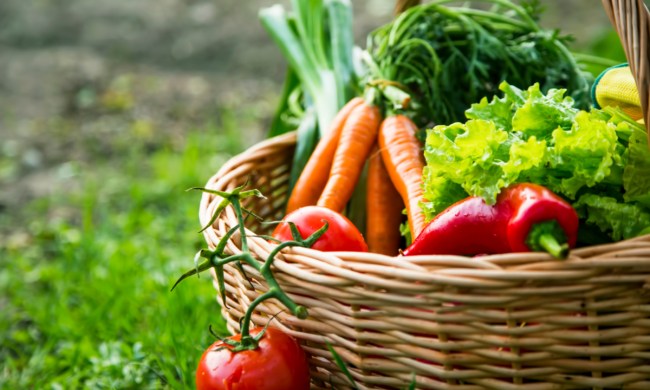A staple of the vegetable garden, cucumbers have many uses. They pair well with other vegetables and can make great companion plants. If you’ve tried growing your own cucumbers, you may have noticed that even when your plant is loaded with flowers your harvest can still be small. The most common issue is pollination. If you want to learn how to pollinate cucumbers so you can enjoy a full cucumber harvest, this guide to cucumber pollination is for you!
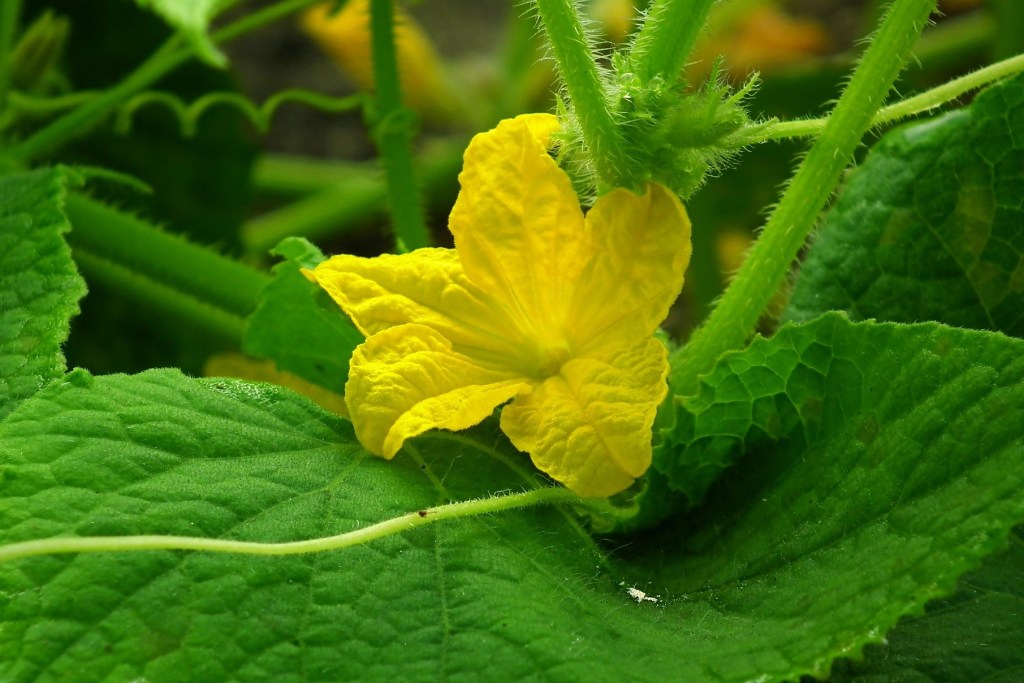
How are cucumbers pollinated?
Cucumbers rely on pollinators for pollination. Bees are the main pollinator for them, although bees tend to prefer other plants over cucumbers. Bees carry pollen from male cucumber flowers to female cucumber flowers, which allows the female flower to produce a cucumber.
If your cucumber flowers aren’t being pollinated, you can pollinate cucumbers by hand. Hand-pollinated flowers actually tend to produce better crops because you can plan and time your pollination to maximize the efficiency of the plant. Here's how to pollinate cucumbers:
Step 1: Wait until more flowers are blooming, so you can identify male and female flowers.
Don’t use the very first flowers, as these tend to be all male flowers. Female flowers begin to bloom only a week or two after the first male flowers.
Step 2: Take pollen from a fresh male cucumber flower using a cotton swab, small paintbrush, or by simply removing the stamen from the flower.
Step 3: Deposit the pollen in the ovary of the female flower.
One male flower can pollinate several female flowers, so if your plant has more female flowers than male, it’s no cause for concern. This can be a bit tedious because pollen is small and sticky, but it is definitely worth it if your flowers aren’t producing cucumbers.
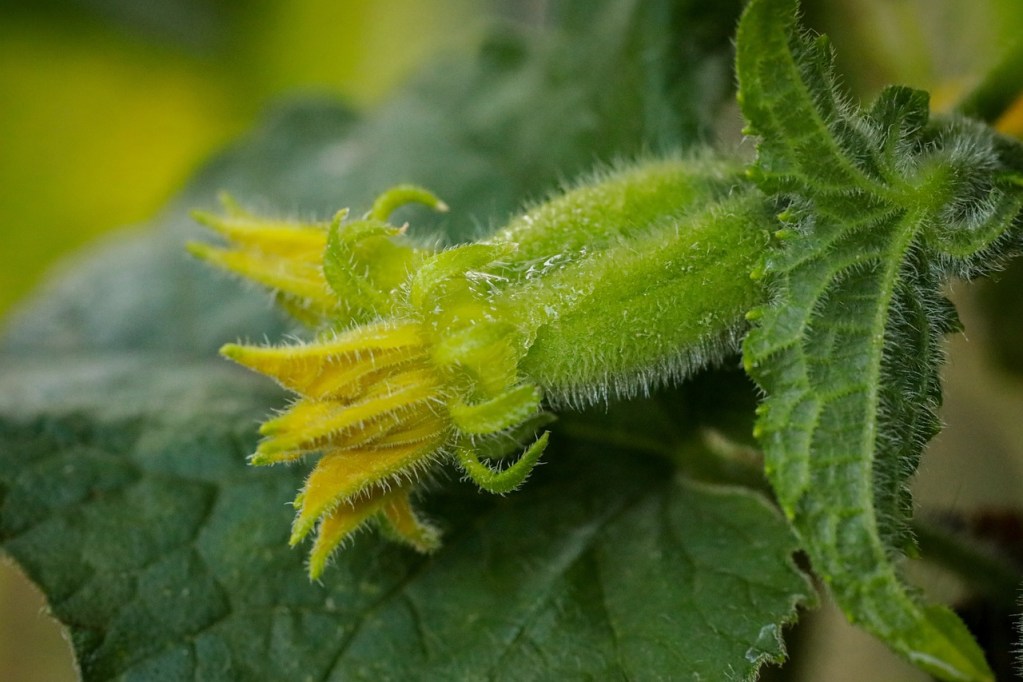
Are cucumbers self-pollinating plants?
Cucumbers are self-pollinating. Self-pollinating doesn’t mean that they pollinate themselves, but it does mean that a single plant produces both male and female flowers. Here's what that means for you:
- Pollen from the male flowers can be used to pollinate the female flowers from the same plant, so there’s no need to worry about keeping track of which flowers are from what plant.
- Male flowers bloom in clusters of three to five, generally have shorter stems than female flowers, and fall off the plant after pollination.
- Female flowers bloom by themselves, one per stem, and have an ovary in the center, and will develop a small fruit at the base of the stem after pollination.
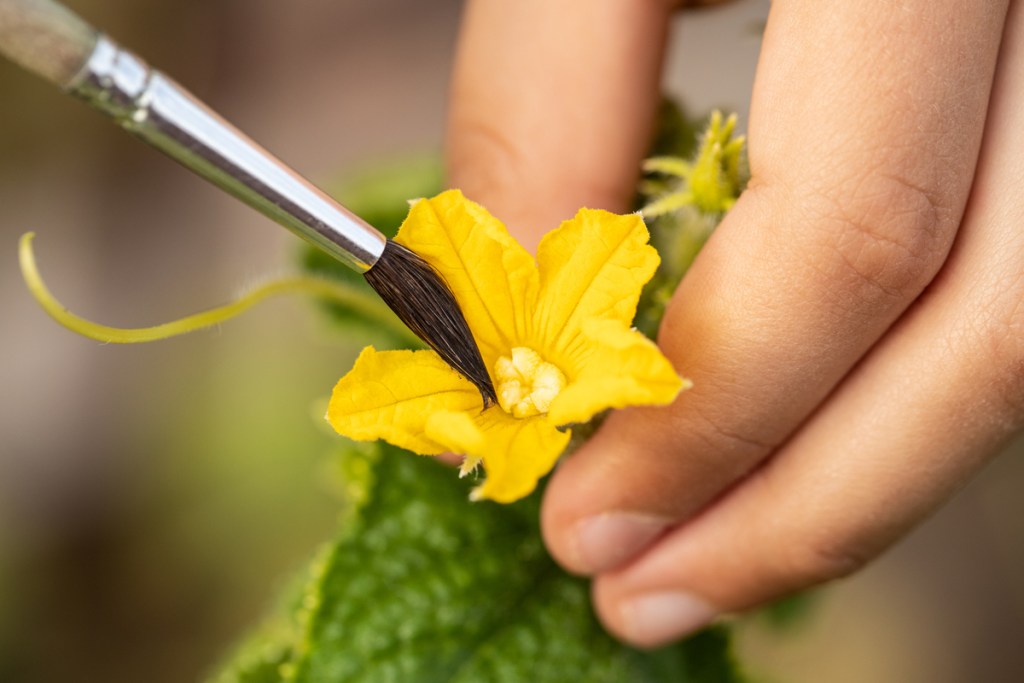
How can you tell if a cucumber is pollinated?
When a flower is pollinated, cucumber or otherwise, it begins to wilt. The flower dries up, and the fruit begins forming behind it. This is what to keep in mind:
Step 1: Look for wilting a full day after pollination.
Step 2: Hand pollinate flowers that aren't wilting.
Step 3: Check to see how the rest of your plant is doing.
Wilting cucumber flowers can also be caused by poor plant health. If the entire plant is wilting, something is wrong. If only the flower is wilting, it’s been pollinated.
Step 4: Watch your plant for flowers falling off, closing, and wilting.
Male flowers will fall off entirely after their pollen is spent, and female flowers will close and wilt. These are the signs your plants have been pollinated successfully.
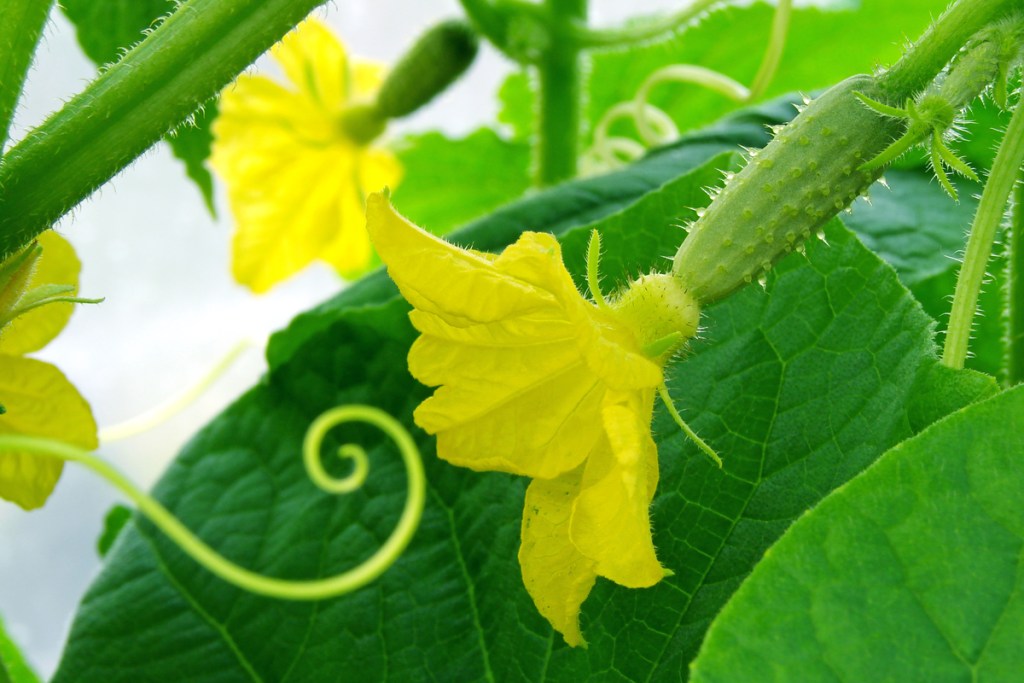
Why do my cucumber plants have flowers but no fruit?
If your plant is producing flowers but not producing any fruit, it may not have been pollinated. Here's how to figure out what may be wrong:
Step 1: Keep an eye on your plants to see if any of your flowers begin wilting. If they wilt, they’ve been pollinated and should begin producing fruit.
Step 2: Pollinate your cucumbers by hand if you don't see any signs of pollination after a few days.
Producing the fruit happens fairly quickly, so if you aren’t seeing results, you may need to hand pollinate your cucumbers.
Step 3: Make sure your cucumbers are properly cared for.
Your cucumbers may be having difficulty producing fruits or flowers if their needs are not being met. Cucumbers like a lot of sun and a lot of moisture. Cucumbers contain a lot of water, and that water has to come from somewhere. If your soil is dry and hard, your plants may be struggling to make fruit.
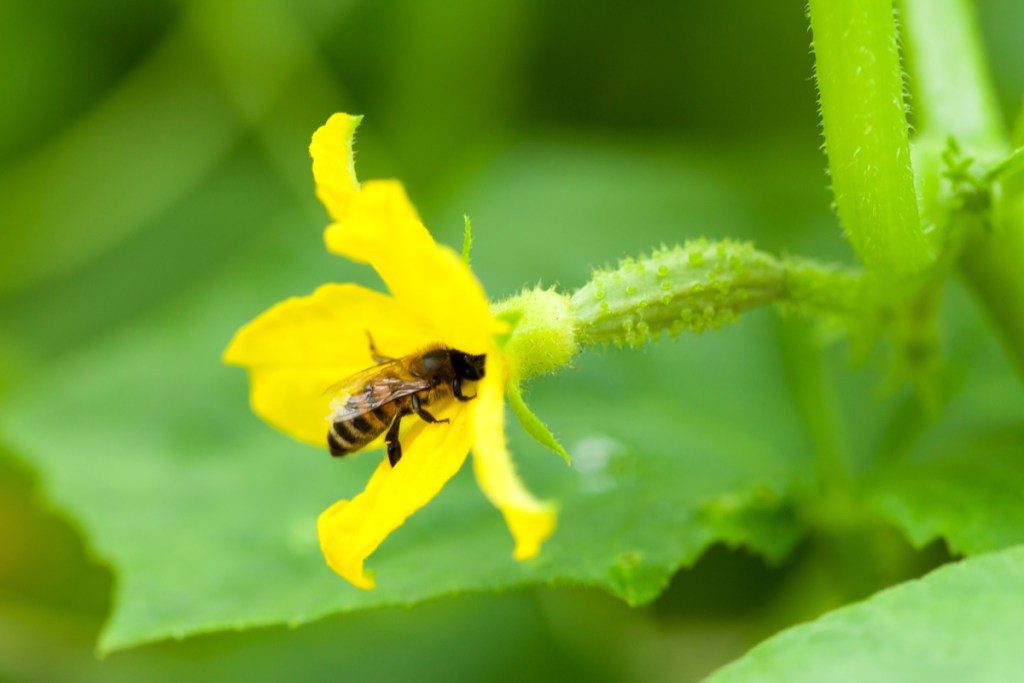
What kinds of bees pollinate cucumber flowers?
Unfortunately, most pollinators find cucumber flowers unappealing. Bees are the main pollinator for cucumbers, and small native bees and honey bees will pollinate cucumber flowers. However, if your garden only contains cucumbers and nonflowering plants, bees may not be attracted to your garden.
Planting colorful flowers will attract more pollinators, increasing the chances that they will stop by your cucumbers. Herbs like lavender, sage, rosemary, thyme, and dill are bee favorites. Some herbs are reported to keep pests away, which is an added benefit to planting them around your cucumbers. This will help you use pesticides less often, which can also encourage more pollinators to visit your garden.
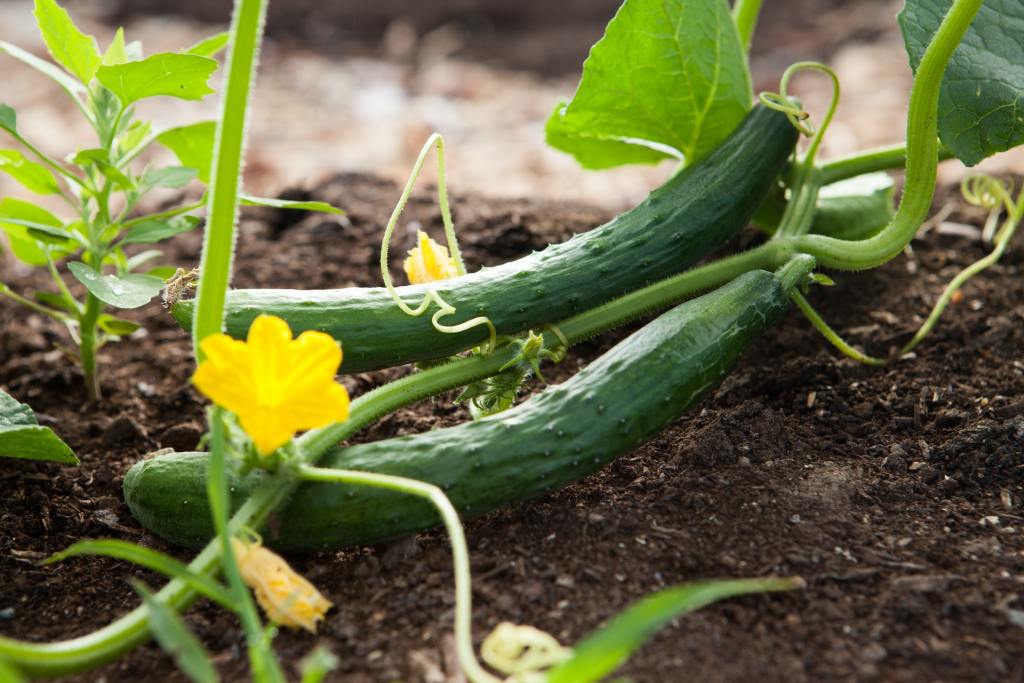
What are signs of a low pollination rate in cucumbers?
You can only remedy a problem if you're aware that there's a problem to begin with. Other than a small harvest or very slow fruit growth, there may be other telltale signs of inadequate cucumber pollination. If you actually get fruit, they may look deformed or feel extra light. Your fruit may also die off before developing completely. If you notice cucumbers that are particularly small, cut them open and check out the seeds — does it look like there are fewer seeds than normal? If so, you might have a low pollination rate.
If you've done your best to encourage pollinators without much success, sometimes you may need to take matters into your own hands literally and go about the pollination process yourself.
Now that you know how to pollinate cucumbers, you're sure to see a magnificent harvest. Whether you’re growing cucumbers for homemade pickles or refreshing cucumber water, you can’t have fruit until you have pollination. When natural pollination fails you, don’t be afraid to become a pollinator yourself!




